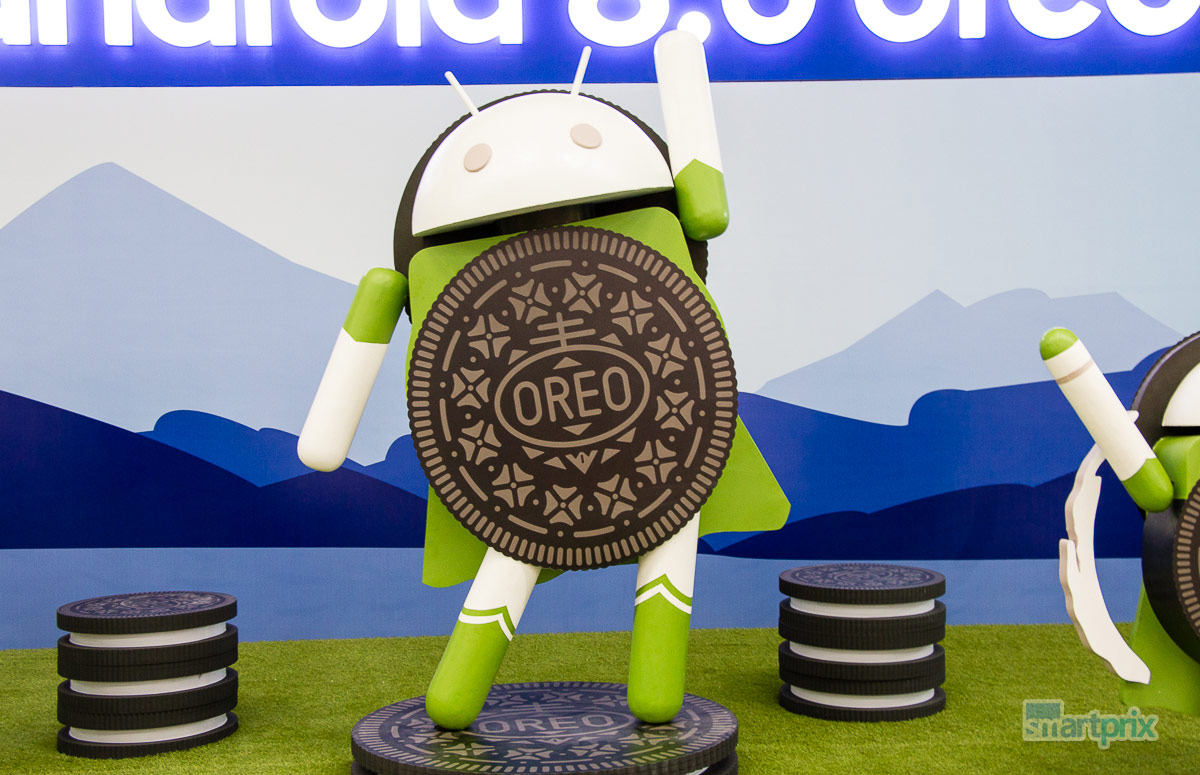Ahead of its big-ticket event, I/O 2018, Google has made Andriod Things 1.0 official. Android Things is an OS meant for smart IoT devices (like smart Juicer, smart refrigerator, etc. ) and that’s why Google has laid special emphasis on security. In fact, the new Android Things isn’t open source as regular Android on phones and Google plans on keeping manufacturers on a tight leash from the very start.
Android Things 1.0 highlights
- Android Things is an OS for IoT devices that was first introduced in 2016. After 8 developer previews (100,000 SDK downloads), it’s now ready for prime time.
- Special focus in on security, which any security glitch in connected homes could be a huge setback to the concept.
- The Android Things OS is a lot simpler than regular Android, Android TV, (Android) Wear or Android Auto. Even a display isn’t mandatory.
- Unlike Android on phones, Android Things will not be open source. OEMs won’t be allowed to make changes to the software.
- OEMs are only allowed to make apps for their Android Thing devices. They will get to benefit from Google’s cloud services and APIs including Google Assistant and Google Cast API.
- Every Android Thing device will get free updates and security patches directly from Google for three years. After three years, there will be “additional options for extended support”
- Google also control what hardware goes into Android Things devices.
- Developers will be able to manage their Android Things devices using a cloud-based Console. Pushing update using Android Things Console is restricted to 100 devices for non-commercial use.
Android Things 1.0 Key Features
Google realizes that a security breach in your smart Home could be disastrous for the whole concept, and thus it isn’t willing to take any chances on this front.
The biggest security flaw with Android has been the reluctance of OEMs to provide timely updates. To address this issue, Google will be doing all the hard work itself. All Android Things devices will get free updates and security patches for the next three years, and after that, there will be an option for additional extended support.
Also Read: Google Home Review – Star for connected homes
System-on-chip (SoC) vs System-on-module (SoM)
To make centralized update structure feasible, Android Things will support a specific set of hardware certified by Google. For now, these include System-on-modules like Qualcomm SDA212, Qualcomm SDA624, and MediaTek MT8516. Unlike SoCs, SoMs have components like RAM, Processor, storage, modem, etc. connected over a circuit board rather than a small chip. These are cheaper and should work for connected devices because space isn’t as big a constraint as is smartphones.
- Image credit: Google
- Image credit: Google
- Image credit: Google
What incentive do manufacturers have for adopting Android Wear?
Manufacturers aren’t allowed to make pointless or any changes to the OS and can only add their custom apps. But they would benefit from efficient Google Cloud services and APIs like Google Assistant API, Cast API, Firebase APIs, and other Google services like Google Maps platform.
These services also seem like the only way Google will be able to monetize Android Things for now.
What IoT devices will use Android Things 1.0?
The first set of Android Thing gadgets will be Google Assistant powered Smart Displays and Smart Speakers. Manufacturers like Lenovo, LG, JBL and others are expected to introduce them later this year.
Android Things 1.0 – Everything you should know
Android Things will give more meaning to products like Google Home and will give Google a big edge over the competition. However, only time will tell how enthusiastic OEMs are to adopt the new OS, though. Samsung, for instance, has been trying to break free from Google’s walled gardens and has been developing Tizen OS for its own IoT appliances for the past few years. Other OEMs who haven’t heavily invested in their own smart ecosystem could consider alternatives from Microsoft and Amazon.
Also Read: After Smart Speakers, Google Assistant Now On Smart Displays
